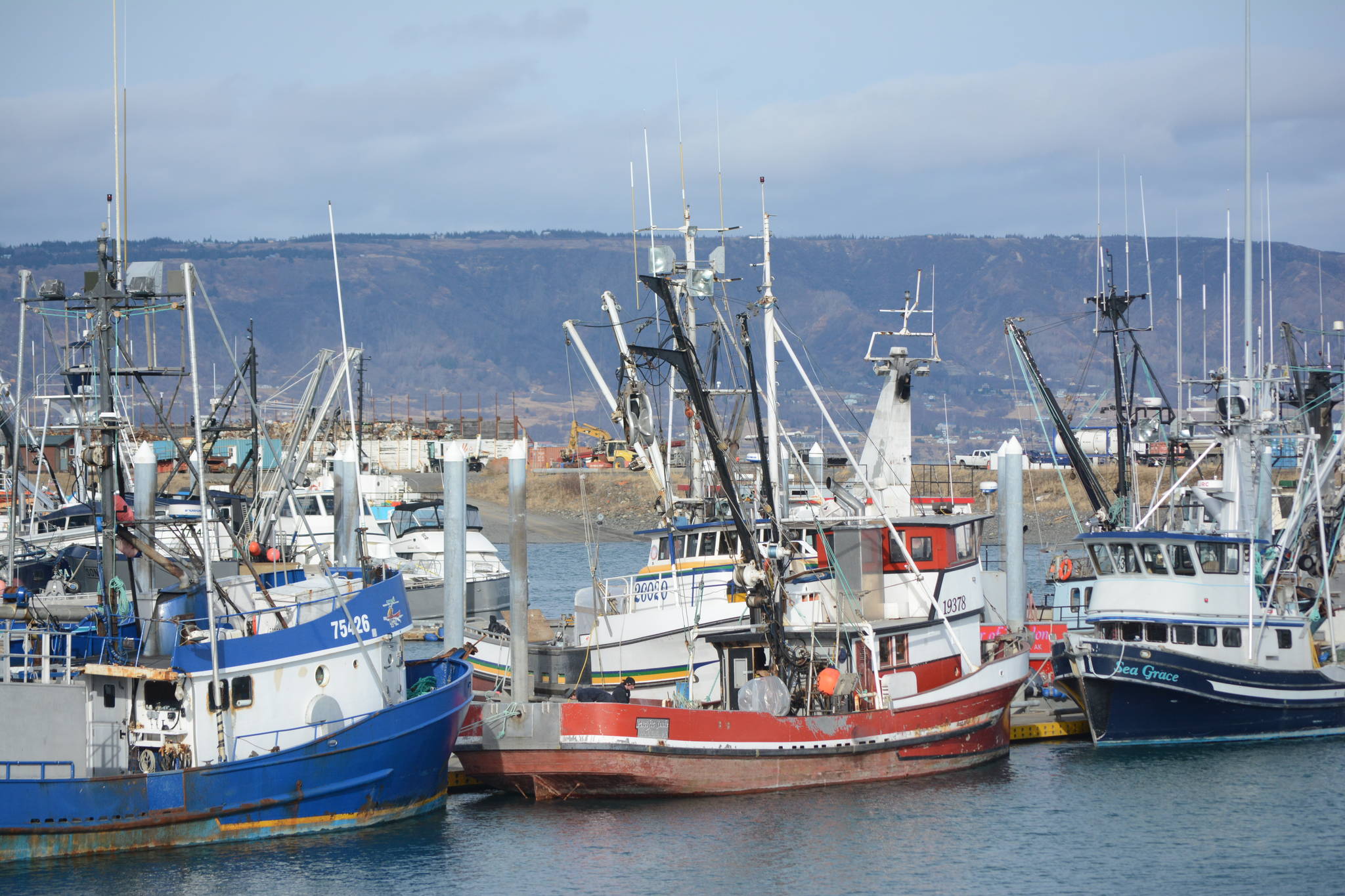The International Pacific Halibut Commission held its interim meeting last month and lead quantitative scientist Dr. Ian Stewart is recommending a quota increase in all areas of Alaska.
For Alaska waters, the quota recommendations, all in millions of pounds, are: Area 2C, Southeast, 5.16; Area 3A, Central Gulf of Alaska, 14.11; Area 3B, 3.12; Area 4A, Eastern Aleutians, 2.51; Area 4B, Western Aleutians, 1.47; Area 4CDE, Bering Sea and Pribilof Islands, 3.98.
Area 2B, British Columbia, is also expected to go up, from 4.64 to 7.0.
Those numbers include the charter allocations in Areas 2C and 3A.
Part of the reasoning for raising the quota in some areas is due to an increase in catch per unit of effort (CPUE), according to Peggy Parker at SeafoodNews.com.
CPUE is one of hundreds of other data points that are part of an ensemble model that Stewart uses. The model has a good track record. So far, the biomass is doing as the model has predicted for the past eight years, she notes.
In the eight regulatory areas, from California to the Bering Sea, CPUE is up in four and down in four this year. Those changes in all are in single digits except in Area 2B which is down 10% and Area 3A which is up 24%.
However, “Spawning biomass trends continue downward, although the 2020 assessment reports less decline than anticipated, partly as a function of mortality reductions in 2020,” Stewart said in his presentation.
“The 2011 and 2012 year-classes, estimated to be stronger than any since 2005 remain uncertain and are highly important to short-term projections of stock and fishery dynamics,” he said.
But the uncertainty in the size of the 2011 and 2012 year-classes is high.
Compared to the magnitude of the 2005 year class, which was estimated to be very large when it was first seen in trawl surveys, before they were large enough to enter the commercial fishery, the estimates of the 2011 and 2012 year-classes range “from below to above the magnitude of the estimated 2005 year-class. Even with a third year of observation from the (setline survey), and now a year from the commercial fishery, these two important year-classes remain uncertain,” Stewart said.
The final decision will be made at the annual meeting, which will take place electronically January 25-29. For details and meeting documents visit https://iphc.int/venues/details/97th-session-of-the-iphc-annual-meeting-am097.
Cristy Fry can be reached at realist468@gmail.com



